Home>Renovation & DIY>Tools & Equipment>How To Reset CMOS With A Screwdriver
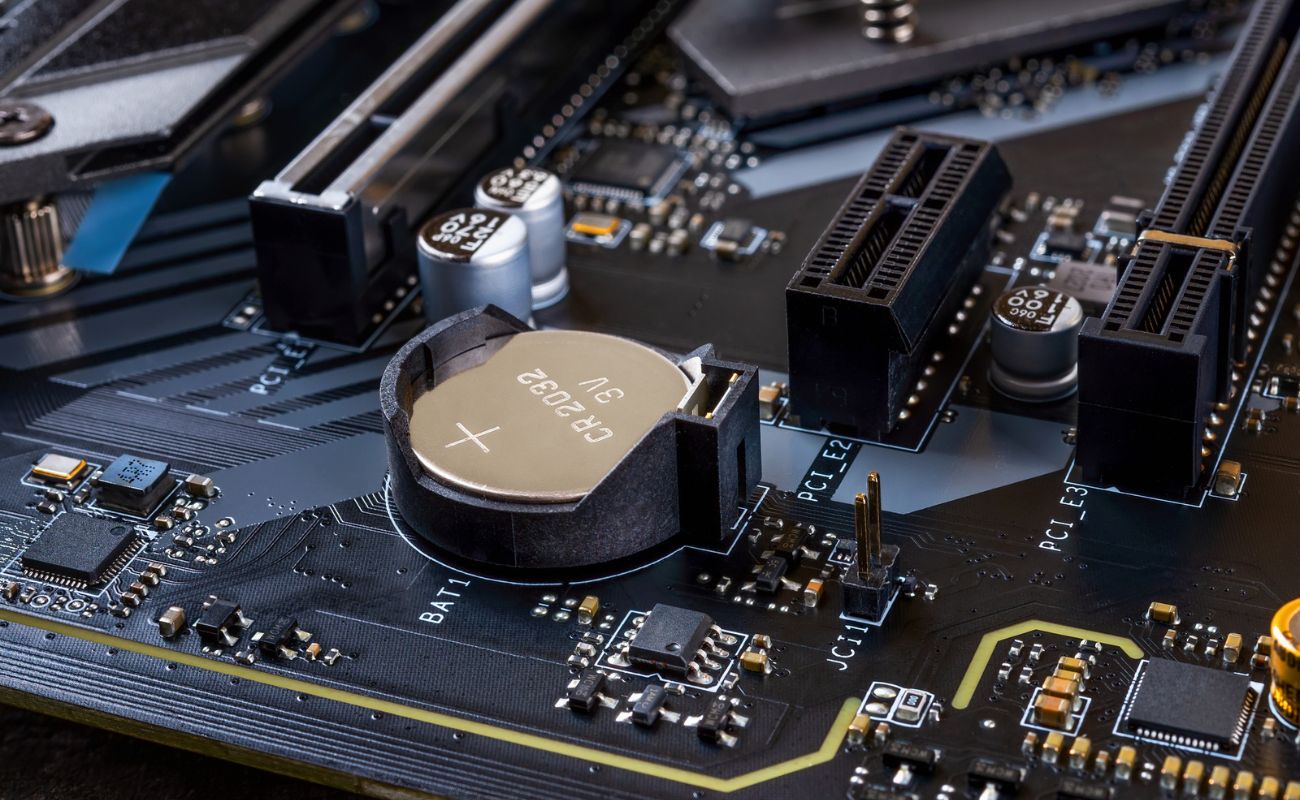

Tools & Equipment
How To Reset CMOS With A Screwdriver
Published: December 19, 2023
Learn how to easily reset the CMOS on your computer using just a screwdriver. Find out which tools and equipment you need for this simple process.
(Many of the links in this article redirect to a specific reviewed product. Your purchase of these products through affiliate links helps to generate commission for Storables.com, at no extra cost. Learn more)
Introduction
Welcome to the world of computer hardware! As a computer enthusiast or technician, you may encounter situations where you need to reset the CMOS (Complementary Metal-Oxide-Semiconductor) settings of your computer. CMOS stores crucial system information, such as date, time, and hardware configuration. Resetting the CMOS can be a useful troubleshooting step when facing issues related to BIOS settings or hardware compatibility.
In this article, we will explore the process of resetting CMOS using a simple and handy tool – a screwdriver. We will discuss what CMOS is, the reasons why you may need to reset CMOS, the precautions to take before performing a reset, and finally, the step-by-step process of resetting CMOS using a screwdriver.
So, get ready to dive into the world of computer hardware, as we unveil the secrets of resetting CMOS with just a screwdriver!
Key Takeaways:
- Easily troubleshoot BIOS and hardware issues by resetting CMOS with a screwdriver. Remember to back up data and follow precautions for a smooth reset process.
- Understand the importance of CMOS, reasons for resetting, and the step-by-step guide to safely reset CMOS using a screwdriver. Always consult your motherboard’s manual for specific instructions.
Read more: How To Use A Screwdriver
What is CMOS?
Before we delve into the process of resetting CMOS, it’s important to understand what CMOS actually is. CMOS, short for Complementary Metal-Oxide-Semiconductor, is a technology used in many electronic devices, including computers, to store vital system information. In the context of computers, CMOS refers to the small battery-powered chip located on the motherboard.
The CMOS chip is responsible for storing essential information that is required by the computer to boot up properly. This information includes the date, time, hard drive settings, boot order, and various other system configuration settings. The CMOS chip ensures that these settings are maintained even when the computer is powered off. This is achieved by using a small battery, typically a CR2032 lithium cell, which provides power to the CMOS chip to retain the information.
One of the most important functions of the CMOS chip is to store the BIOS (Basic Input/Output System) settings of the computer. The BIOS is a firmware that initializes and controls the hardware components of the computer during the boot process. It acts as a bridge between the operating system and the hardware, ensuring smooth communication and proper functioning of the system.
In summary, the CMOS chip, powered by a battery, stores crucial system information and BIOS settings to ensure that the computer boots up correctly and functions properly. Understanding CMOS and its role in the computer’s overall functionality is essential when it comes to troubleshooting and maintenance.
Why would you need to reset CMOS?
There are several situations where you may need to reset the CMOS settings of your computer. Here are some common reasons why a CMOS reset may be necessary:
- BIOS misconfiguration: If you’ve made changes to the BIOS settings that have caused issues or prevented your computer from booting properly, resetting the CMOS can help revert the settings back to their default values.
- Hardware compatibility issues: In some cases, certain hardware components may not be compatible with your system, leading to instability or failure to boot. Resetting the CMOS can help clear any custom settings that may be causing conflicts with the hardware.
- Clock or date errors: If you constantly encounter incorrect system time or date errors, it could be an indication that the CMOS battery is running low or that the CMOS settings need to be reset.
- Password removal: In cases where you’ve forgotten the BIOS password and cannot access your computer’s settings, resetting the CMOS can help remove the password and regain access to the BIOS interface.
- Diagnostic troubleshooting: When troubleshooting hardware or software issues, resetting the CMOS can be a useful step to rule out any conflicts or configuration errors that may be affecting your system.
It’s important to note that resetting the CMOS should be considered as a last resort solution, and it should only be done if you are familiar with the process and its potential implications. Resetting the CMOS will revert the BIOS settings back to their default values, which means that any custom configurations or overclocking settings will be lost. It’s always a good idea to document or take note of any custom settings before performing a CMOS reset.
By understanding the reasons why you may need to reset CMOS, you can confidently tackle system issues and ensure the smooth operation of your computer.
When resetting the CMOS with a screwdriver, ensure the computer is powered off and unplugged. Locate the CMOS battery on the motherboard and use the screwdriver to carefully remove it for a few seconds before reinserting it.
Precautions before resetting CMOS
Before proceeding with resetting the CMOS, there are a few important precautions to keep in mind. These precautions will help ensure a smooth and safe process, minimizing the risk of any potential damage to your computer or its components. Here are some precautions to consider:
- Unplug the power: Before you begin, make sure to disconnect the power cord from your computer. This will prevent any electrical accidents and protect both you and the computer from potential harm.
- Ground yourself: Static electricity can be detrimental to computer components. To prevent static discharge, ground yourself by touching a grounded metal surface or by wearing an anti-static wristband.
- Consult your motherboard manual: Different motherboards may have slightly different methods for resetting the CMOS. It’s always a good idea to consult your motherboard’s manual to understand the specific process for your particular model.
- Backup important data: Resetting the CMOS will revert all BIOS settings back to their default values. This means that any custom configurations or overclocking settings will be lost. It’s important to backup any important data or settings before proceeding with a CMOS reset.
- Remove peripherals: To ensure a clean and safe reset, it’s advisable to disconnect any external devices or peripherals, such as USB drives or external hard drives, from your computer.
Following these precautions will help minimize any potential risks associated with resetting the CMOS. It’s always better to be proactive and take the necessary steps to protect your computer and its components.
Steps to reset CMOS with a screwdriver
Resetting CMOS using a screwdriver is a straightforward process that can be done by following a few simple steps. Here’s a step-by-step guide on how to reset CMOS with a screwdriver:
- Power off and unplug your computer: Ensure that your computer is completely powered off and unplugged from the power source. This is crucial to prevent any electrical accidents.
- Locate the CMOS battery: Open the computer case and locate the CMOS battery on the motherboard. The CMOS battery is a small circular battery, typically a CR2032 lithium cell, and is often located near the center of the motherboard or in close proximity to the CPU socket.
- Ground yourself: Before handling any components, ground yourself by touching a grounded metal surface or by wearing an anti-static wristband to prevent static discharge.
- Use a screwdriver to remove the CMOS battery: Take a small screwdriver and gently insert it under the edge of the CMOS battery. Carefully pry the battery out of its socket, applying gentle pressure if necessary.
- Wait for a few minutes: After removing the CMOS battery, wait for at least 5 minutes to ensure that any residual charge in the system dissipates.
- Insert the CMOS battery back: Place the CMOS battery back into its socket, ensuring that it is inserted in the correct orientation. The positive side of the battery should face outward.
- Close the computer case: Once the CMOS battery is securely back in place, close the computer case and ensure that all connections are properly secured.
- Power on your computer: Plug in the power cord and turn on your computer. The CMOS reset process is complete, and the BIOS settings will be restored to their default values.
It’s important to note that the process may vary slightly depending on your motherboard model. Always refer to your motherboard’s manual for specific instructions related to CMOS reset procedures.
By following these steps carefully, you can successfully reset the CMOS using a screwdriver. Remember to take necessary precautions and handle components with care to avoid any damage to your computer.
Read more: How To Store Screwdrivers
Conclusion
Resetting the CMOS using a screwdriver can be a useful troubleshooting step when encountering issues related to BIOS settings or hardware compatibility. By understanding what CMOS is, why you may need to reset it, and the precautions to take, you can confidently navigate the process.
Remember, resetting the CMOS should be considered as a last resort solution and should only be done if you are familiar with the process and its implications. It’s always recommended to backup important data and consult your motherboard’s manual for specific instructions.
By following the step-by-step guide discussed in this article, you can effectively reset the CMOS with just a screwdriver. However, it’s important to note that resetting CMOS will revert BIOS settings to their default values, which means any custom configurations will be lost. It’s always a good idea to document or note down any custom settings before performing a CMOS reset.
Remember to follow the precautions, such as grounding yourself and disconnecting power, to ensure a safe and smooth reset process. Additionally, it’s always advisable to seek professional help if you are unsure or uncomfortable performing the reset yourself.
With the knowledge and understanding gained from this article, you are now equipped to troubleshoot issues related to CMOS settings and confidently perform a CMOS reset when necessary. Remember to approach the process with caution, and happy computing!
Frequently Asked Questions about How To Reset CMOS With A Screwdriver
Was this page helpful?
At Storables.com, we guarantee accurate and reliable information. Our content, validated by Expert Board Contributors, is crafted following stringent Editorial Policies. We're committed to providing you with well-researched, expert-backed insights for all your informational needs.
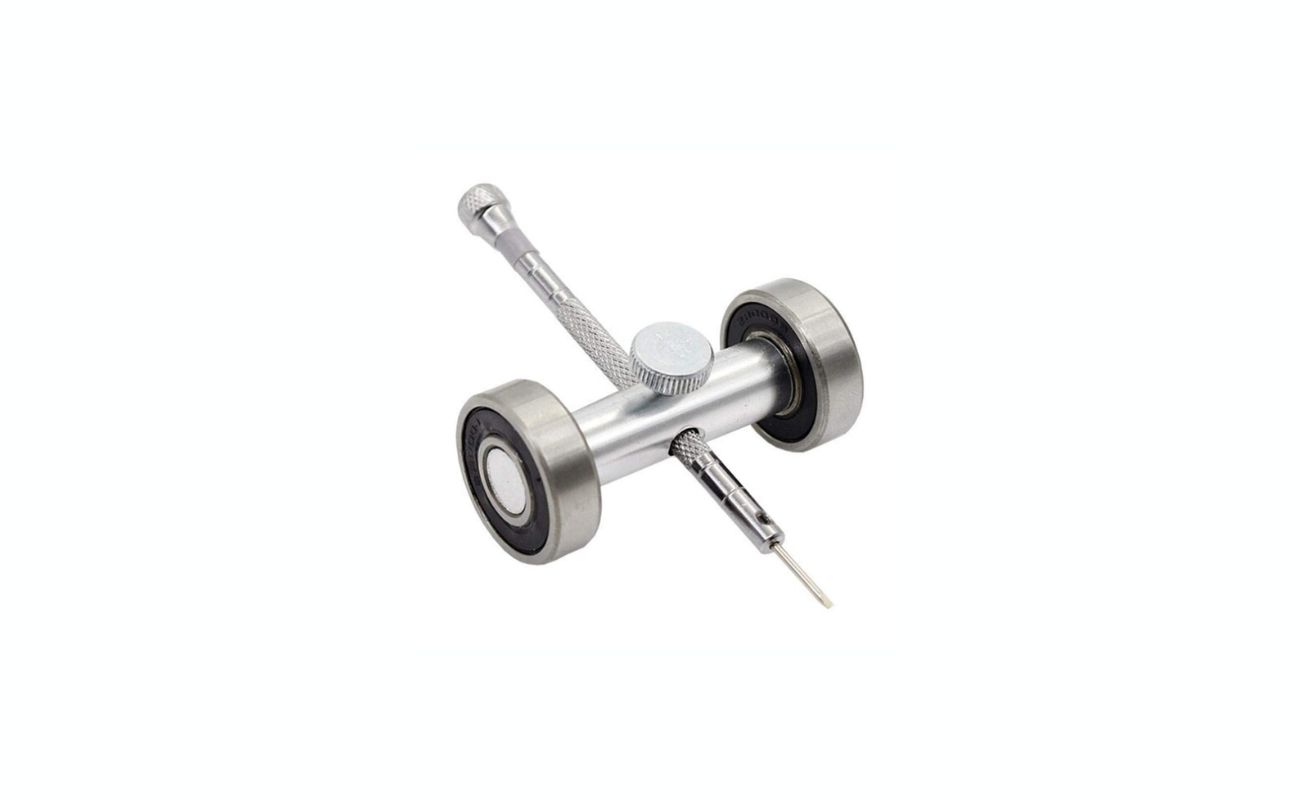

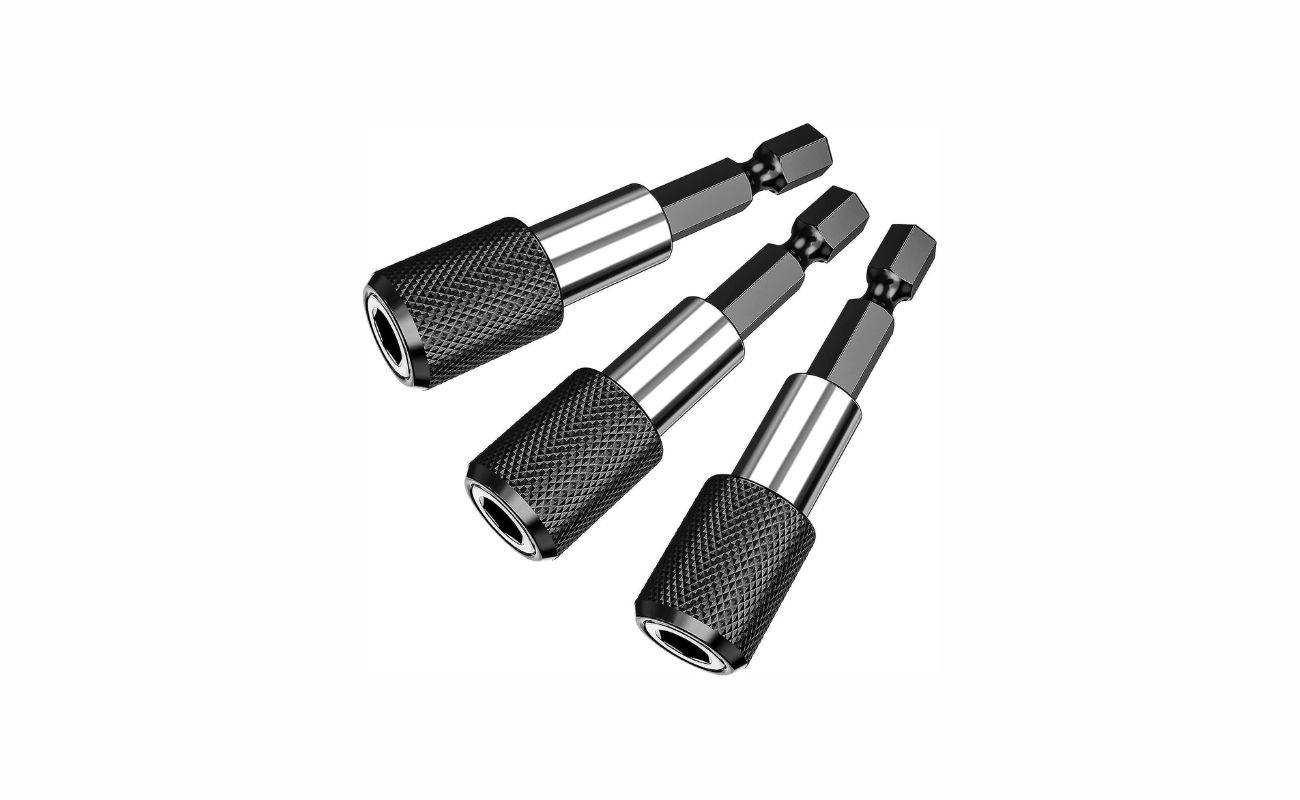
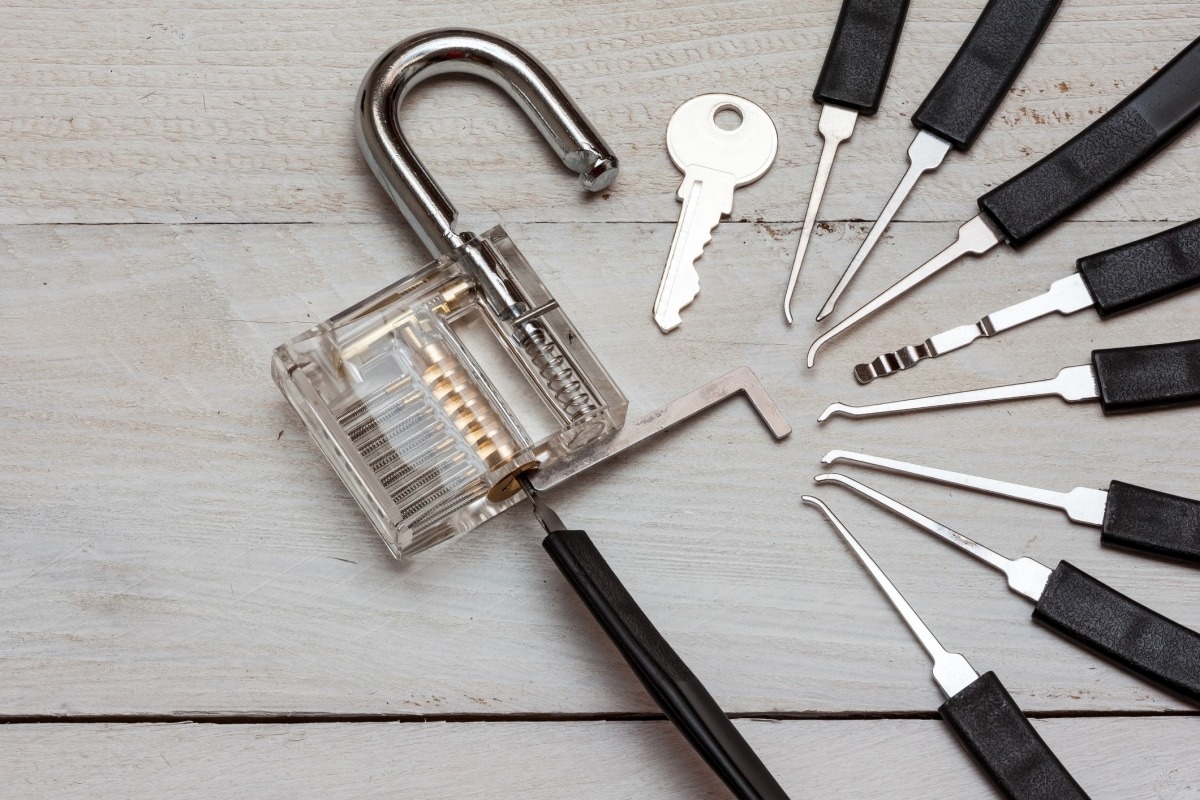
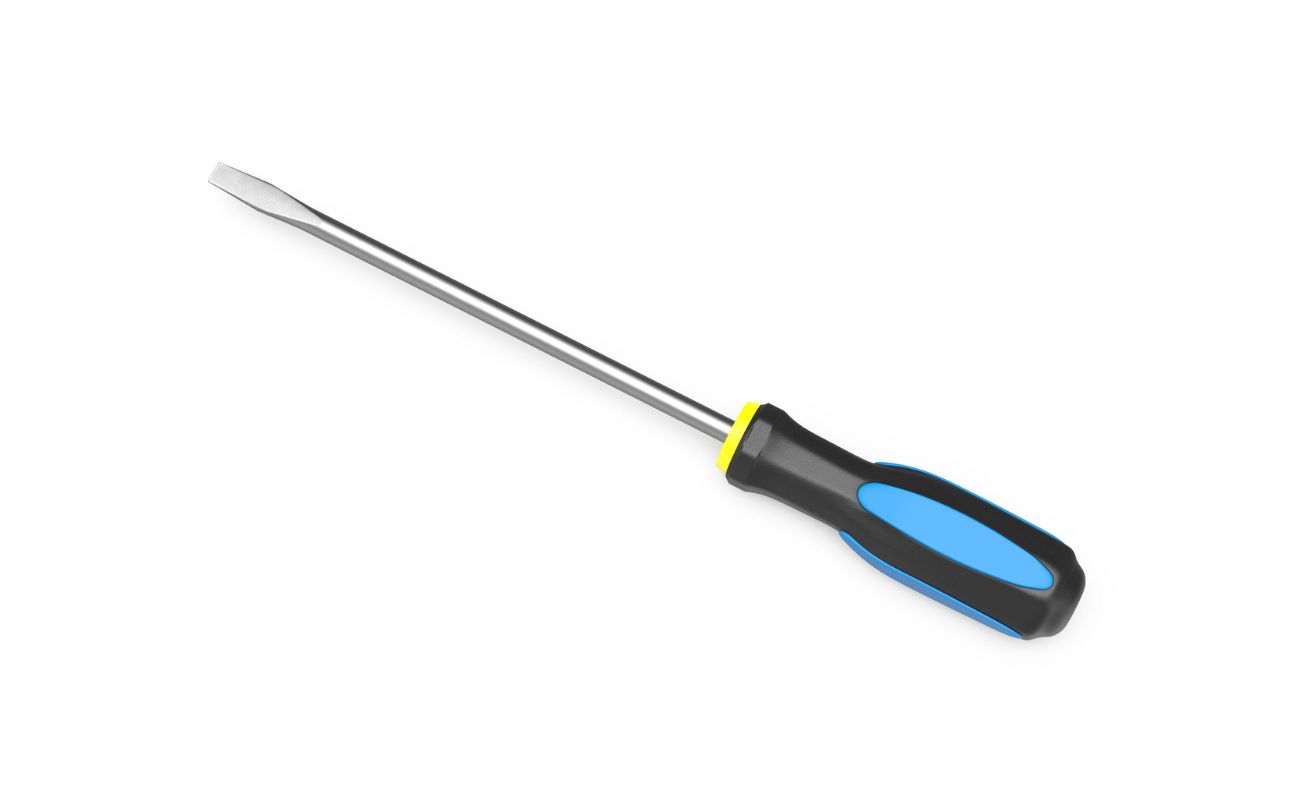
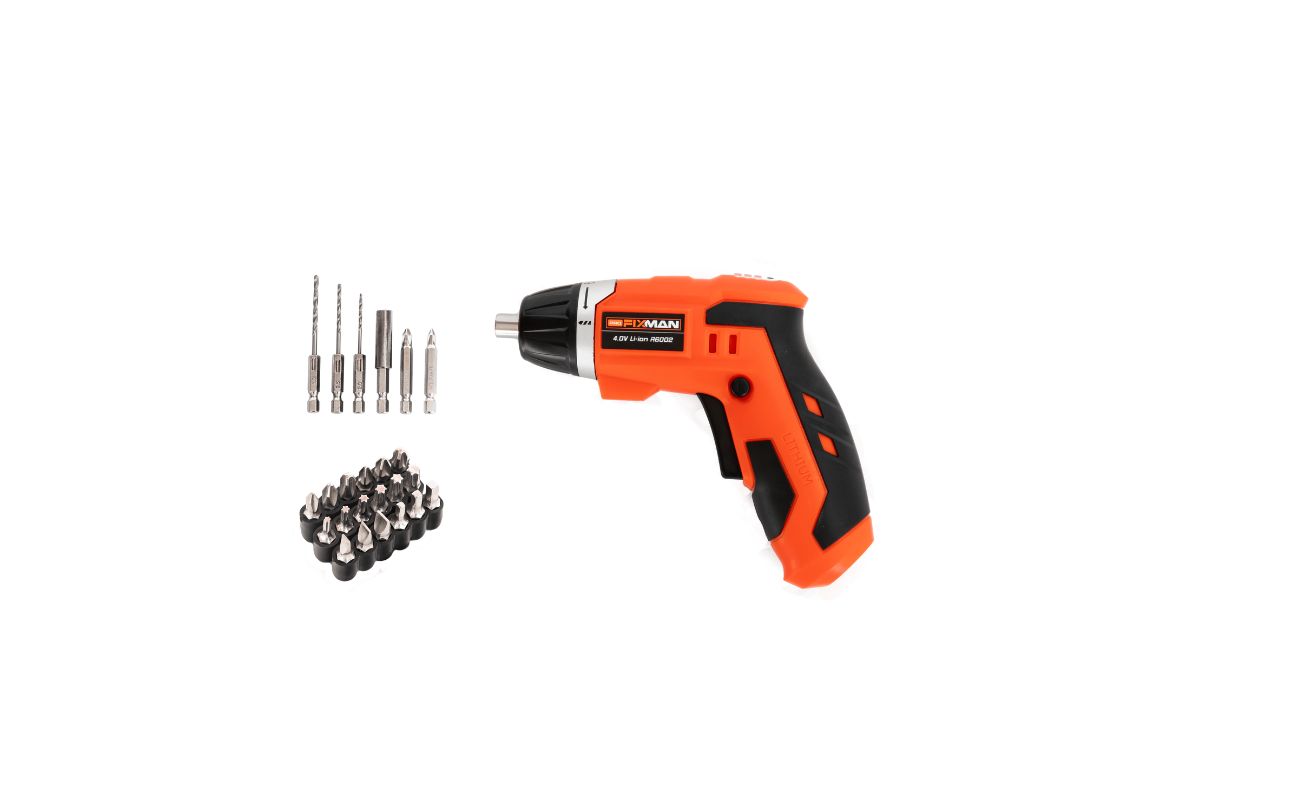
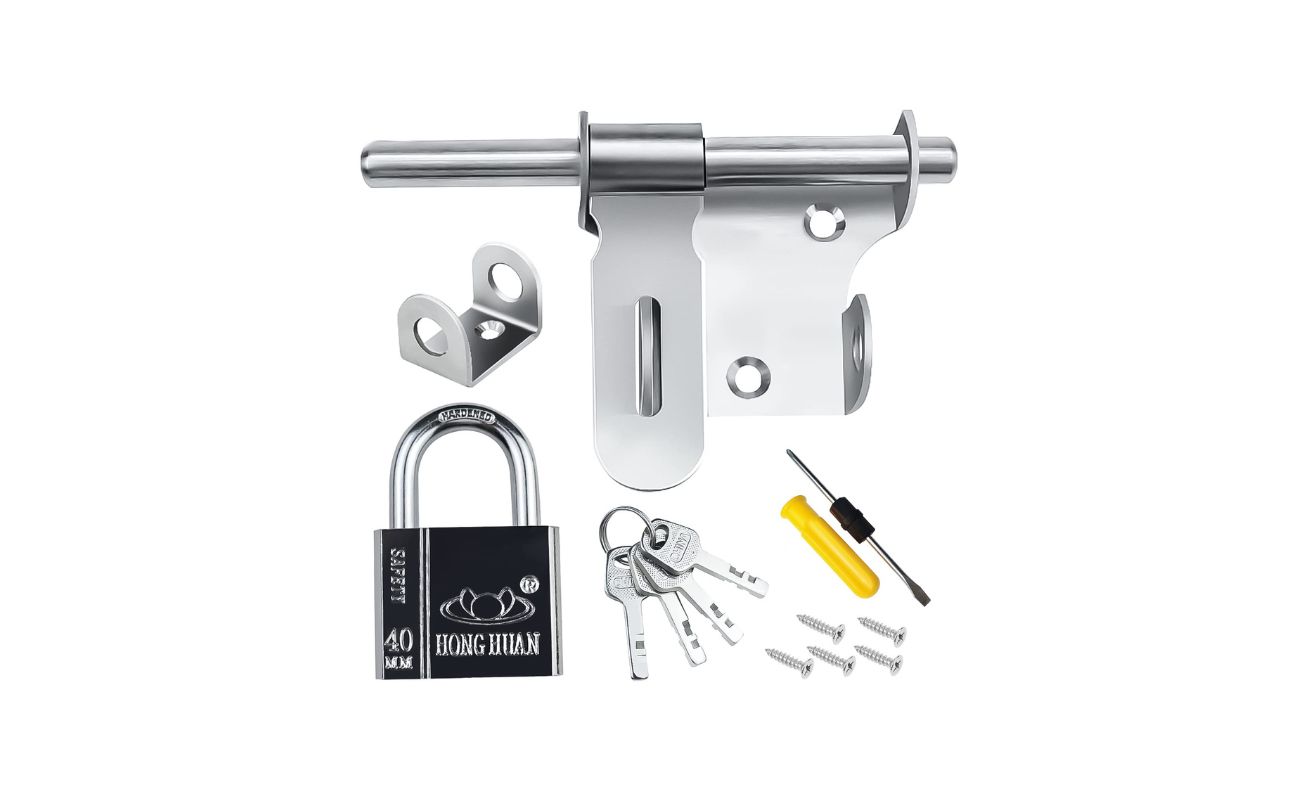

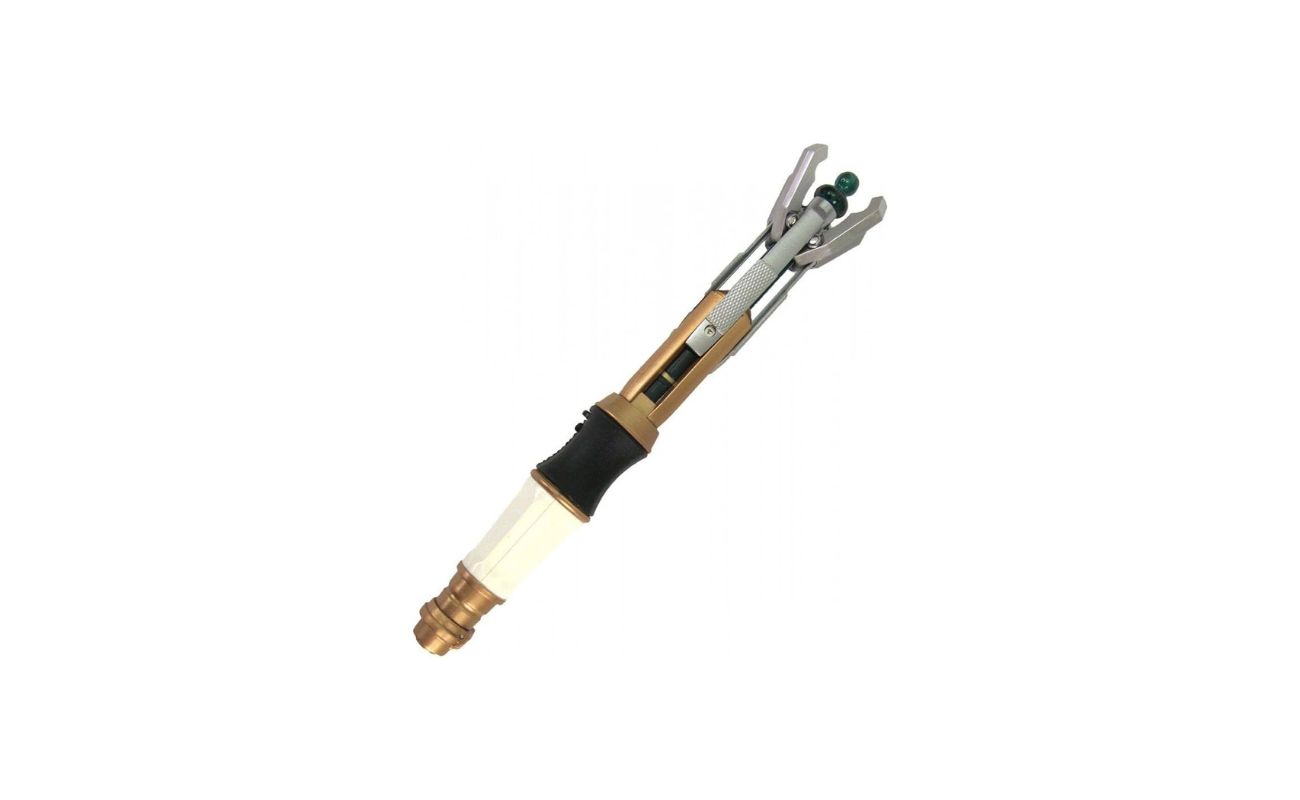
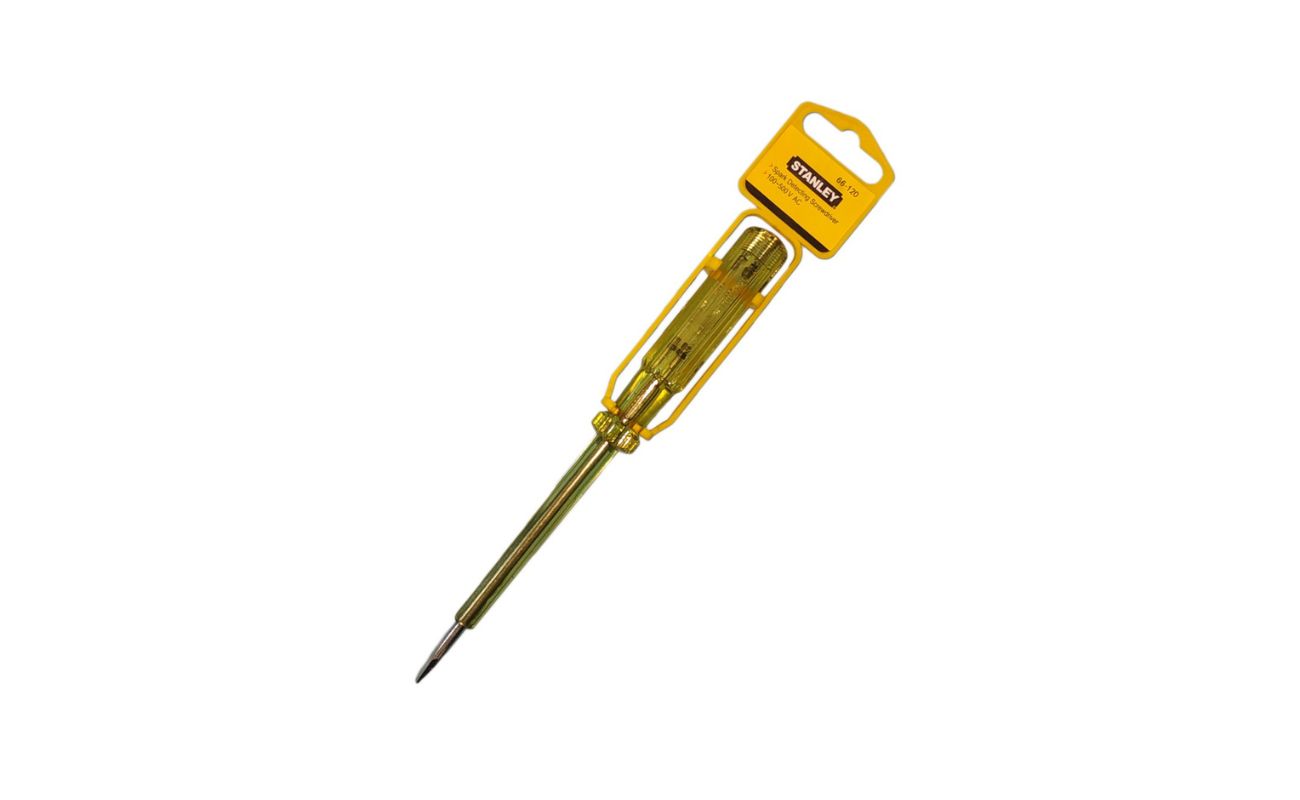

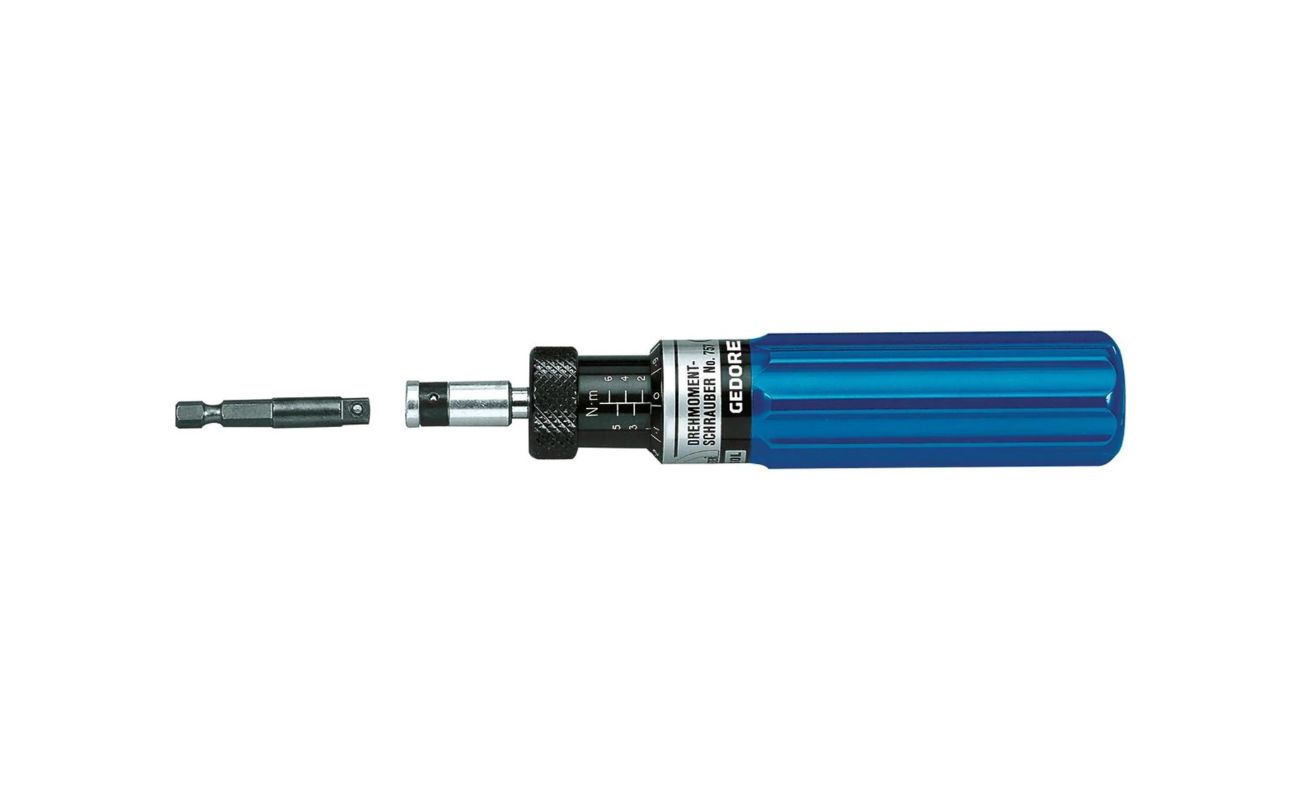
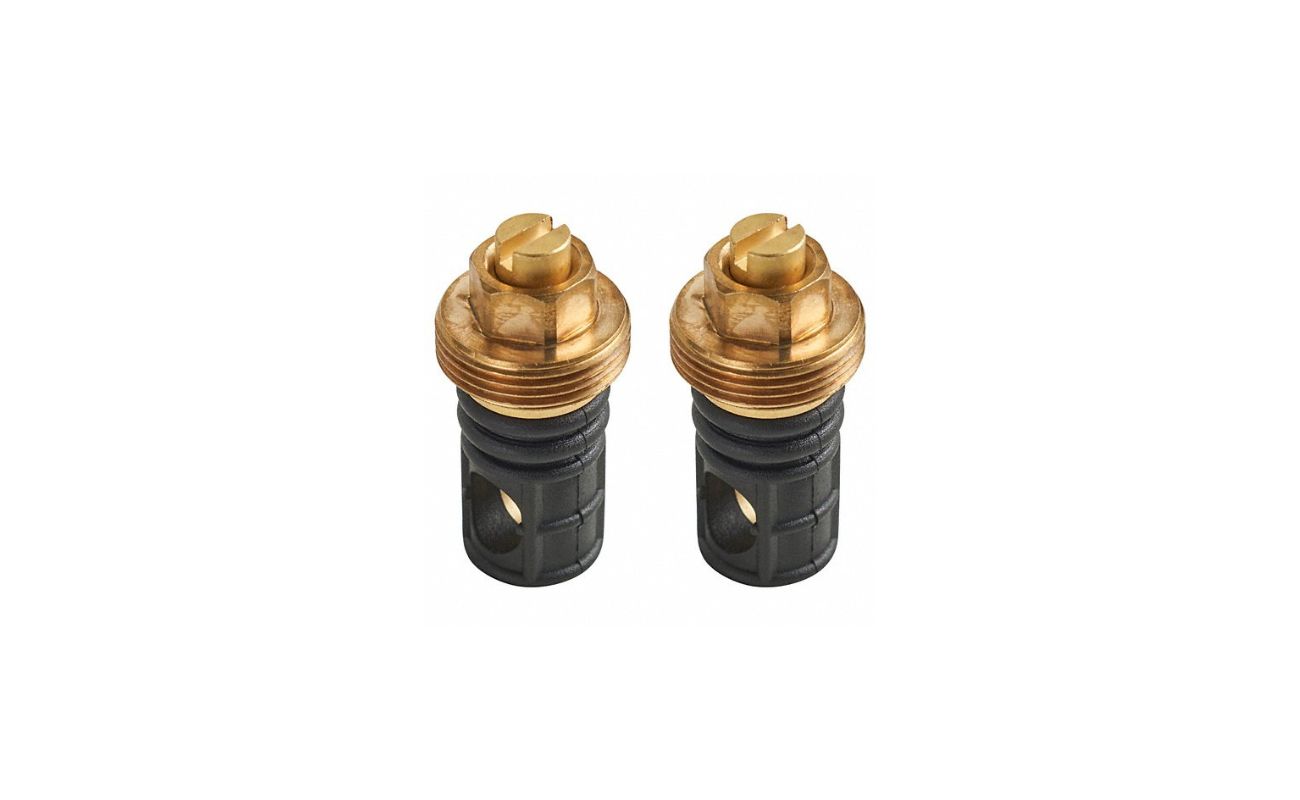
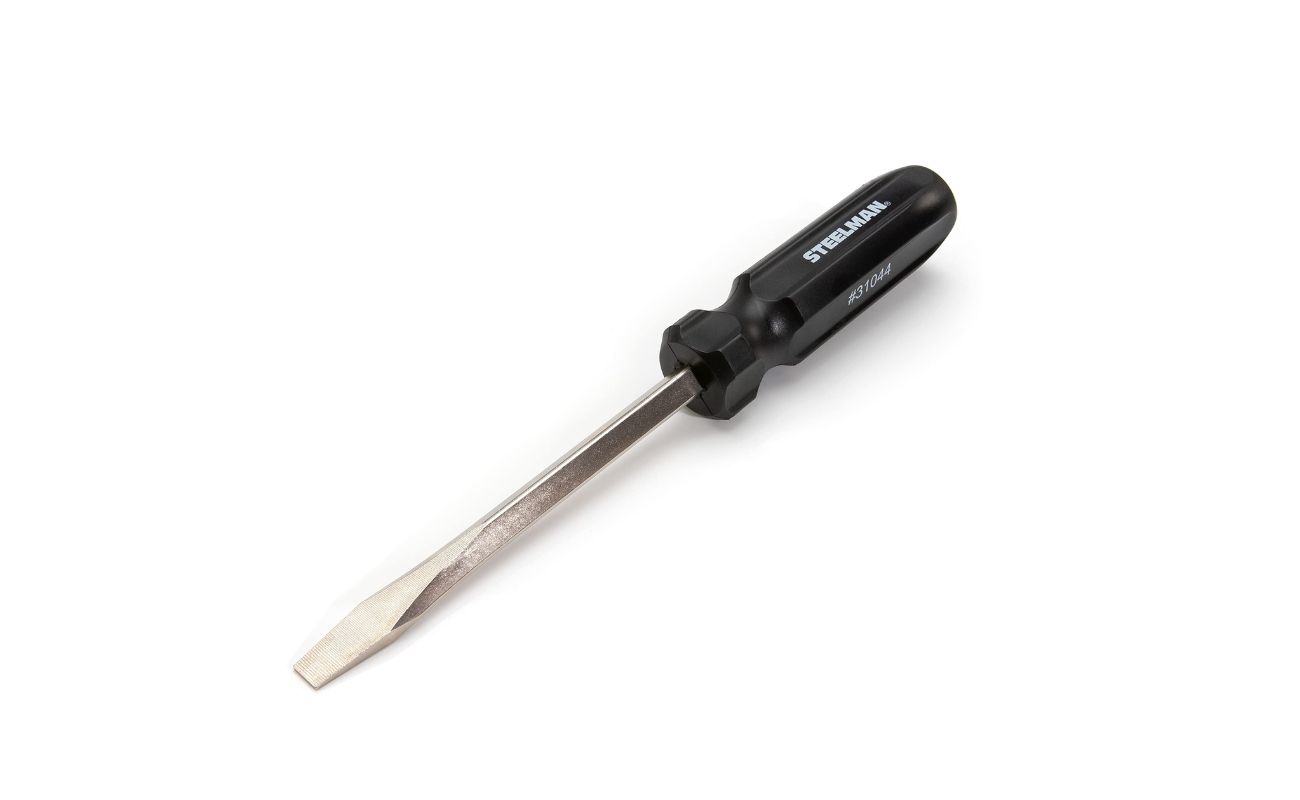

0 thoughts on “How To Reset CMOS With A Screwdriver”